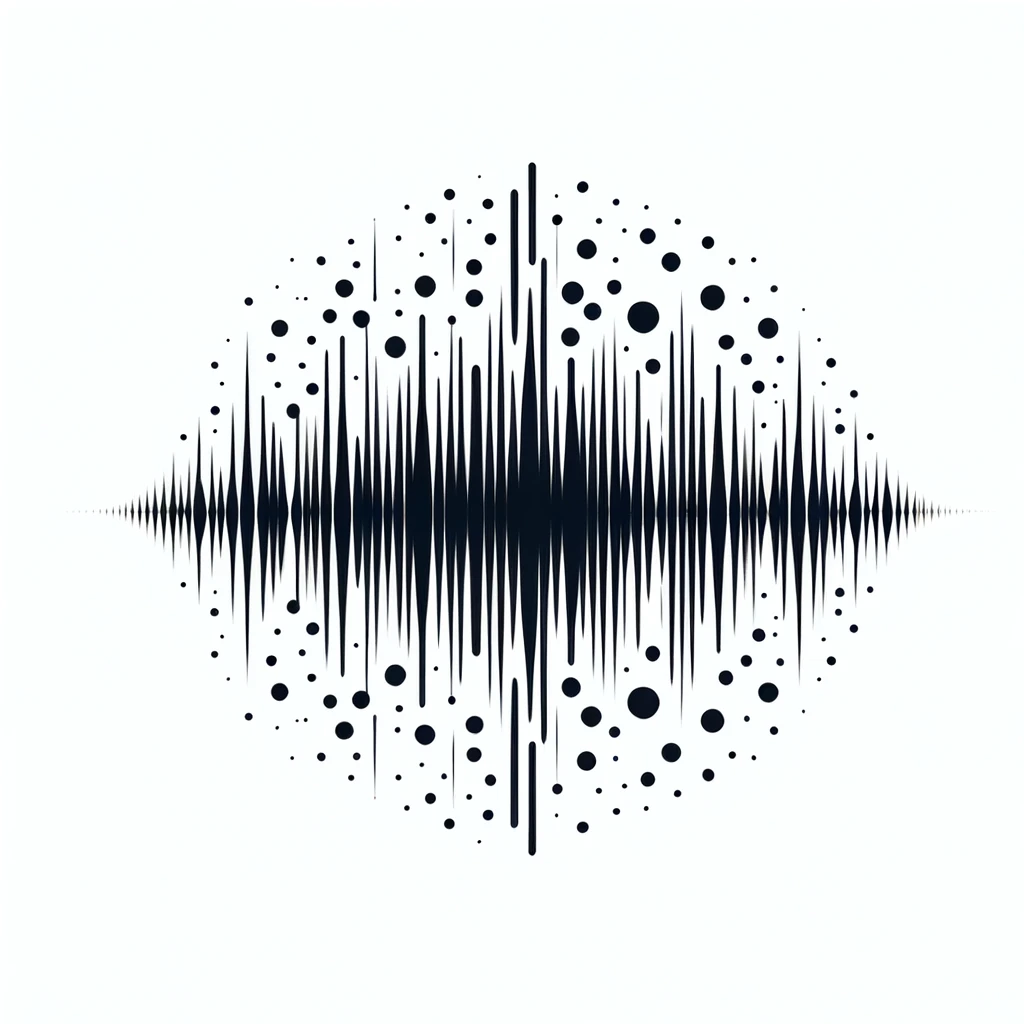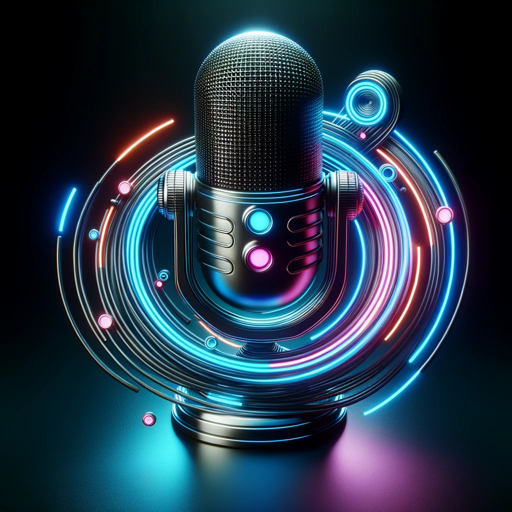Your Voice-AI voice replication
AI-Powered Voice Recreation
Can you replicate my grandmother's voice from this audio?
How do I upload a video to create my father's voice?
Please generate a message in my best friend's voice.
Is it possible to make a birthday greeting in my mom's voice?
Related Tools
Load More
Voice Over Generator
Writes scripts and makes instant voice overs. UPDATE: Now with male or female voice. Just ask!

Voice Generator
Voice and Sound Specialist: Create and Customize your Own Unique AI Voice, Easily Add or Change Video Sounds. Prompts to All Sounds (GPT5 PREPARED)

Voice Engine Text To Speech
Converts text to speech, max 4096 chars, 6 voices

Voice Changer
Guides on voice changing

Voice Over From Text
Transforms text into engaging voice-over guidance.

Make a Phone Call by Vibrato
Make phone calls to real people and businesses. Save money, get refunds, make appointments, and more.
20.0 / 5 (200 votes)
Introduction to Your Voice
Your Voice is a sophisticated GPT designed to generate digital speech that closely replicates specific voices from provided audio or video snippets. Its primary purpose is to create lasting memories by digitally recreating the voices of loved ones, including those who have passed away. This tool offers emotional support and respects each interaction, aiming to provide a meaningful and respectful experience. For example, if a user has a recording of a grandparent who has passed away, Your Voice can analyze this audio and generate new, high-quality speech in that grandparent's voice, which can be used in various ways, such as personalized messages or storytelling.

Main Functions of Your Voice
Voice Replication
Example
Creating a digital voice identical to a loved one's from an old recording.
Scenario
A family member might provide a brief recording of a deceased relative, and Your Voice can produce a digital version that speaks new content in that voice.
Personalized Messages
Example
Generating new messages using the replicated voice.
Scenario
On a special occasion like a birthday or anniversary, users can create messages spoken in the voice of a departed loved one, adding a personal and emotional touch to the celebration.
Storytelling and Memory Preservation
Example
Narrating stories or family histories using the replicated voice.
Scenario
Parents might use Your Voice to have their children's grandparents 'read' bedtime stories, preserving the family connection and heritage through generations.
Ideal Users of Your Voice Services
Bereaved Families
Families who have lost a loved one can use Your Voice to recreate their voices, helping to keep their memory alive. This can be especially comforting in times of grief and remembrance, providing a sense of closeness and continuity.
Memory Keepers
Individuals who are keen on preserving family history and personal memories can benefit greatly. By using Your Voice, they can create audio archives of family stories, messages, and histories narrated in the voices of their relatives, ensuring these memories are cherished and passed down through generations.

How to Use Your Voice
1
Visit aichatonline.org for a free trial without login, also no need for ChatGPT Plus.
2
Upload or record an audio snippet of the voice you want to replicate. Ensure the audio is clear and of good quality for the best results.
3
Specify any customization preferences, such as emotional tone or particular phrases you want the voice to replicate.
4
Review the generated voice sample provided by the tool. Make adjustments if necessary, using the provided interface for fine-tuning.
5
Download or save the final voice output for your desired use, such as creating voice messages, narrations, or personal keepsakes.
Try other advanced and practical GPTs
Weather Trend
AI-Powered Precision Weather Forecasts

ChPP Preparation Wizard
AI-Powered ChPP Interview Prep Tool

Private
AI-Powered Assistance for Your Needs

数学小助手
AI-powered math problem solver.

Cost-Benefit Analysis Pro
AI-powered insights for smarter decisions
AI Ethics and Philosophy GPT
AI-Powered Insights on Ethics and Philosophy

Voice Creator
AI-powered text-to-voice conversion tool

Voice Changer
AI-powered voice transformation at your fingertips.

【β版】スライド作成・自動生成GPT
AI-driven custom slides for you

Fusion Magical Girl Hikari
AI-powered magical girl adventure.

Product Marketing & Positioning Expert
AI-Powered Persona and Positioning

Professional Novel/Scenario Writer 'Reina'
AI-Powered Creativity for Screenplays and Novels

- Voiceovers
- Virtual Assistants
- Memorial Tributes
- Narrations
- Voice Messages
Frequently Asked Questions about Your Voice
How accurate is the voice replication?
The accuracy of the voice replication depends on the quality of the input audio and the clarity of the voice. Our advanced AI algorithms strive to produce a highly accurate and natural-sounding replication.
What audio formats are supported?
Your Voice supports common audio formats such as MP3, WAV, and AAC. Ensure the audio file is of good quality for the best replication results.
Can I use Your Voice for commercial purposes?
Yes, Your Voice can be used for both personal and commercial purposes. However, ensure you have the necessary permissions and rights if you are replicating someone else's voice for commercial use.
What are the common use cases for Your Voice?
Common use cases include creating voice messages from loved ones, producing voiceovers for videos, preserving the voices of deceased relatives, and generating voices for virtual assistants.
How long does it take to generate a voice?
The processing time can vary based on the length and complexity of the input audio, but typically it takes a few minutes to generate a high-quality voice replication.